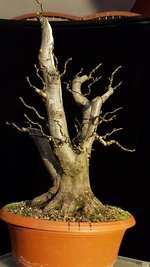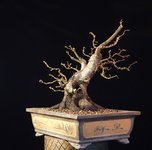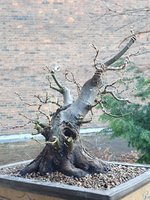One thing to remember about organic soil components is that they are ORGANIC. In addition to holding onto fertilizer very well, the organics break down and add elements and minerals to the soil over time. Yes, they break down faster than inorganics, but I've never saw enough of that to find a big, sloppy, gooey mess in the bottom of my pots when repotting. I've only ever found a very thin layer of silt in my pots after 2-3 years. I keep my Bald Cypress in approx. 80% organics and drown them every day. After a year, water still drains well and doesn't pool up on the surface. Your results may differ in your climate. If you actually see different results, make your decisions based on that.








